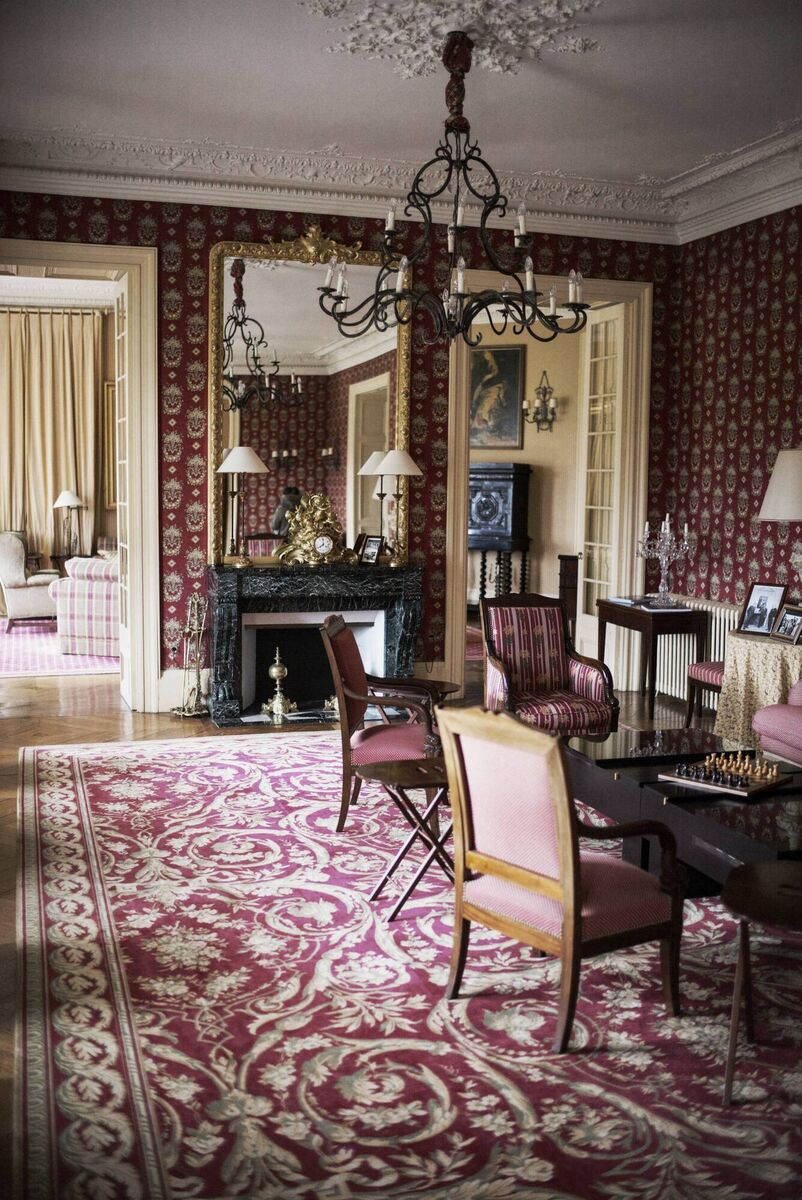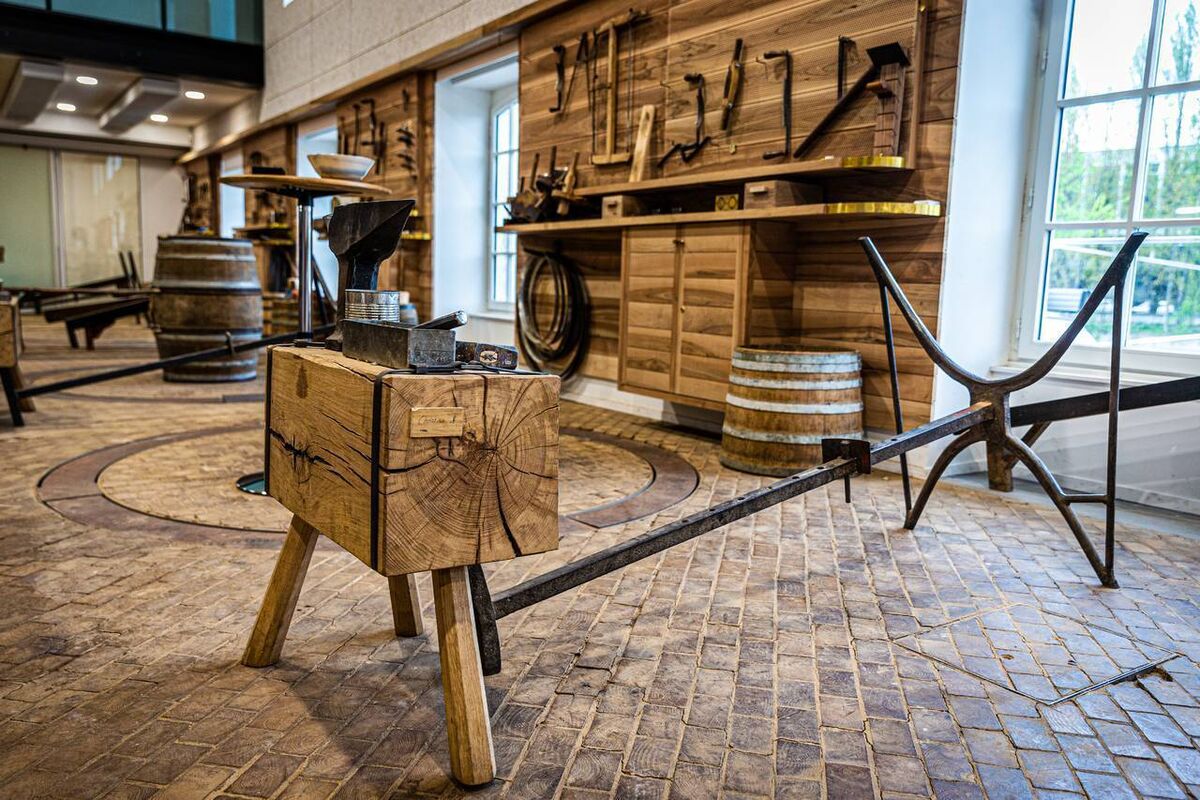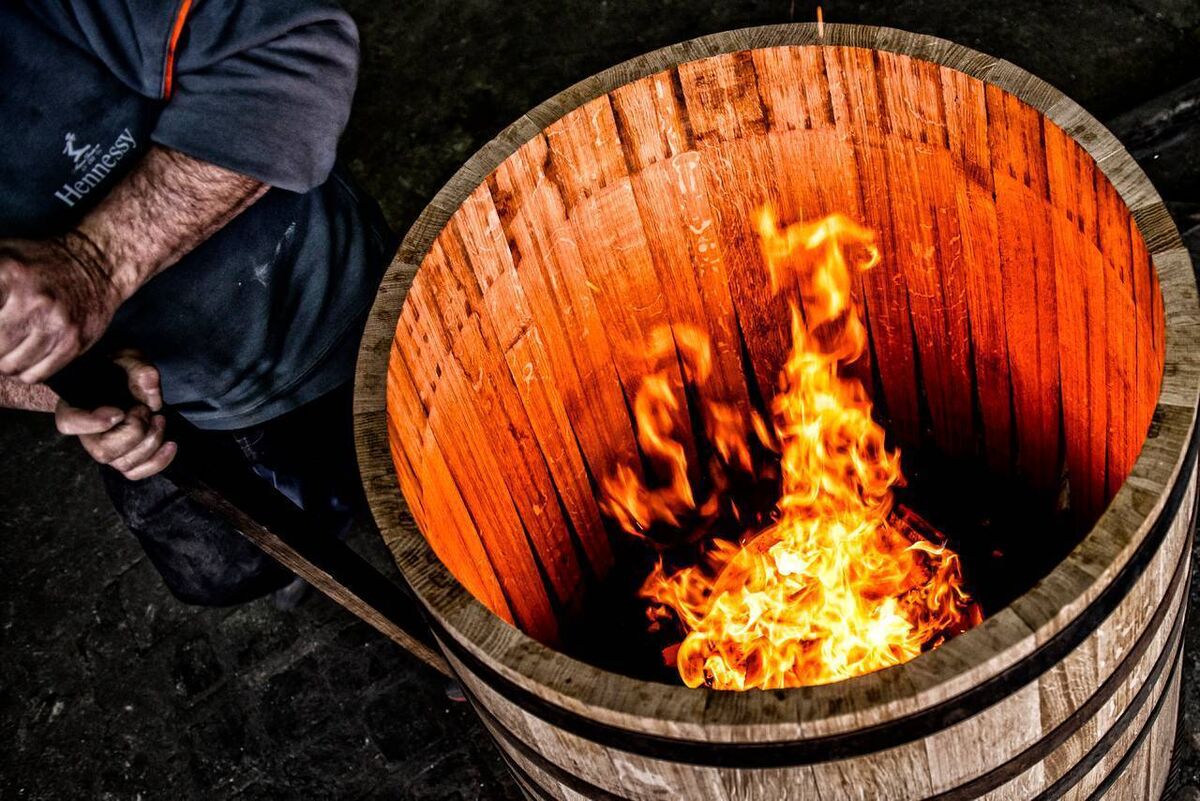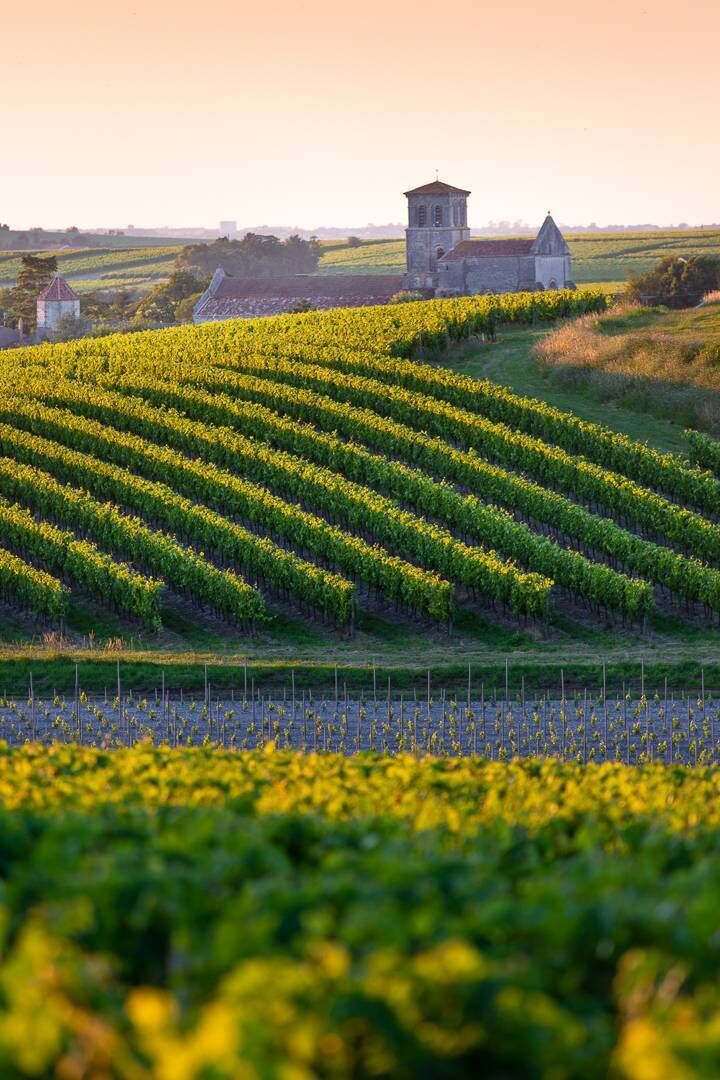Much has been written over the years about the Irish ‘Wine Geese’, the men who left these shores to start a new life trading in and making wine in Bordeaux.
‘Wine Geese’ is a play on ‘Wild Geese’, a term which referred to those who fled Ireland for Europe after the Treaty of Limerick in 1691, following the defeat of Patrick Sarsfield’s Jacobite army in the Williamite War.
Many joined their host nations’ armies in search of adventure, while others sought success in trade and commerce. Irish names still abound in Bordeaux: Barton and Dillon, Lynch and Lawton, Kirwan and Clarke.
They are well known in the wine trade, but when it comes to global recognition in the wider drinks world, one name stands above them all: Hennessy.
Richard Hennessy was born at Ballymacmoy House, Killavullen, on the River Blackwater, Co Cork, in 1724.
Coming as he did from a Jacobite background, he was prompted to leave his native land by the uncongenial mood there, setting out for France while still a teenager. He immediately joined the French army, serving as an officer, but after being wounded at the Battle of Fontenoy in 1745, he left to pursue a career in business.
It is clichéd to say the rest is history but it is not far from the truth either.
In 1765, he settled in Cognac and founded the house that now forms part of the LVMH, which, after Louis Vuitton, is second in revenue terms for the luxury goods conglomerate.
Might his choice of beverage have been influenced by the aphorism attributed to the famed Irish orator Edmund Burke, to whom Hennessy was related by marriage: “Claret for boys, Port for men, but he who aspires to be a hero, must drink Brandy.”
Today, some three centuries after his birth, it can be safely said that should Richard Hennessy be able to travel by time machine to visit the company that still bears his name, he would barely comprehend the scale of development that now sees Hennessy Cognac as one of the giants of the international drinks’ business.
 The Hennessy family home, Cognac
The Hennessy family home, Cognac
There would, however, be aspects of his visit where he would feel completely at home, although his 18th-century military uniform would set him apart from the 21st-century visitors, of which I was one recently.
Cognac production starts in rather unassuming vineyards planted in rigid symmetry on the flat land of the region; there is none of the visual spectacle of the steep-sloped Douro Valley, home of Port, for instance.
That comes later, in the distillery and, most memorably, in the original Hennessy maturation cellar (now greatly augmented by recent modern facilities).
The Ugni Blanc grape accounts for 99 per cent of plantings in the region and Hennessy’s vineyards stretch to a seemingly impressive 180 hectares – until you learn that this supplies only one per cent of the company’s needs.
The remainder comes from 1,600 contracted growers who farm an average of 20 hectares each.
After harvest, and having fermented the grape juice into an unremarkable, slightly acidic wine at about nine percent alcohol, the growers distil it into a basic brandy or eau de vie, that Hennessy then buy, provided it meets their quality requirements.
Only then does the story become interesting.
The three pillars of the Cognac production process are: Selecting, maturing and blending.
 Atelier Tonnelerie, Cognac
Atelier Tonnelerie, Cognac
Many thousands of eau de vie samples are tasted and tested before the chosen ones are transferred into some of Hennessy’s 600,000 oak barrels housed in 100 ageing cellars — and the combination of the years spent maturing there and the final blending exercise achieves a transformation that is almost akin to sorcery.
It would take a book to describe the labyrinthine complexity of this process, which turns the raw, rasping spirit into the deep amber Cognac, with copper flashes at its core, that beguiles the nose and taste buds with an unfolding array of scents and flavours: Honey and spice, coffee and caramel, liquorice and chocolate… the list seems infinite when the palate is treated to a Cognac such as Paradis or the eponymous ‘Richard Hennessy’.
Apart from the passage of time, a key element in maturation is the oak barrel, a true design classic, for its construction has barely changed over centuries of production.
At its most basic, it consists of little more than wooden staves and metal hoops, crafted by skill and ingenuity into the finished product.
Notwithstanding the fact that I have visited several cooperages over the years, the barrel-making process still engenders a juvenile fascination — and it was no different at Hennessy.
Smoke, fire, flame and steam jostle for your attention to a soundtrack of rapid-fire hammering and groaning timbers as a wire hawser is cranked tighter and tighter, gradually bending the staves to the cooper’s will and desired shape.
Some trimming and shaping with razor-sharp traditional tools then follows in a scene barely changed from Richard Hennessy’s day.
In truth, the construction of barrels from scratch forms only a minute part of the coopers’ work here, their principal occupation is the repair and maintenance of some 15,000 barrels every year.
The ones they make from scratch, apart from providing the most compelling of the myriad visitor attractions, are then disassembled to provide pre-shaped staves for repairs.
 Cooper at work in the Hennessy cooperage
Cooper at work in the Hennessy cooperage
While Richard Hennessy would feel completely at home in the cooperage — perhaps only marvelling at the electric light — the same could not be said for the latest addition to the visitor experience, a virtual reality tour: “Blending poetry with cutting-edge technology, this virtual reality odyssey brings to life Hennessy’s saga in a way never seen before. A must-see.”
Sitting somewhere between these two contrasting experiences is the Atelier des Editions Rares. Here, in a hushed and pristine workshop, skilled craftsmen and women design, embellish and customise bottles of Hennessy Paradis and the like, for deep-pocketed customers who prize exclusivity above all else. Topping off these eye-catching bottles is an extraordinary creation where hoops of Baccarat crystal are placed around a cylindrical bottle of the rarest Cognac in a pattern that is unique to each customer. It can be yours for a price of €100,000.
In truth, I would rather spend the money on the content rather than what is essentially the packaging, luxurious and unique as it may be. And the content in a bottle of, say, Hennessy XO delivers a level of subtle satisfaction that puts it on a par with the finest. Try it.
 Cognac vineyards.
Cognac vineyards.
All Cognac is brandy but not all brandy is Cognac. At its simplest, brandy is distilled wine, hence it comes from grapes rather than grain, as whiskey does.
The word ‘brandy’ originates from the Dutch brandewijn, which means ‘burnt wine’.
The practice of extracting alcohol from wine by distillation enjoys worldwide popularity yet few would argue that it reaches its apogee in Cognac, the delimited region that lies about 90 minutes’ drive north of Bordeaux in the Charente department.
There, Hennessy is the major player, accounting for half of all production, that is then exported to some 150 nations around the globe.
An appreciation of the grand scale of the Hennessy operation, founded on a production process that stretches from years through decades and into centuries, can only be gained by visiting – and few places are as well set up to receive visitors from across the globe.
Get to know Maison Hennessy’s history and enjoy a 90-minute tour with guided tasting of Hennessy V.S and V.S.O.P, from €25. hennessy.com
Bordeaux is the most convenient airport to fly to. From Dublin, during high season, Aer Lingus operate five flights per week, while Ryanair have a daily service, as well as flying twice a week from Cork.
And to stay? For a luxury treat the recently restored La Nauve Hotel with its splendid gardens is hard to beat. After top-to-bottom restoration in dramatic though not overbearing fashion, it opened only a year ago. You can wine and dine well in the evening, though the breakfast is more fiddly than fitting to the otherwise excellent offering.




